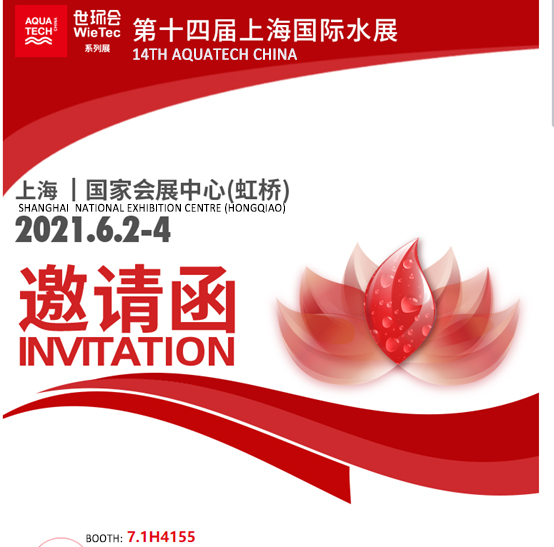
-
 Afrikaans
Afrikaans -
 Albanian
Albanian -
 Amharic
Amharic -
 Arabic
Arabic -
 Armenian
Armenian -
 Azerbaijani
Azerbaijani -
 Basque
Basque -
 Belarusian
Belarusian -
 Bengali
Bengali -
 Bosnian
Bosnian -
 Bulgarian
Bulgarian -
 Catalan
Catalan -
 Cebuano
Cebuano -
 China
China -
 China (Taiwan)
China (Taiwan) -
 Corsican
Corsican -
 Croatian
Croatian -
 Czech
Czech -
 Danish
Danish -
 Dutch
Dutch -
 English
English -
 Esperanto
Esperanto -
 Estonian
Estonian -
 Finnish
Finnish -
 French
French -
 Frisian
Frisian -
 Galician
Galician -
 Georgian
Georgian -
 German
German -
 Greek
Greek -
 Gujarati
Gujarati -
 Haitian Creole
Haitian Creole -
 hausa
hausa -
 hawaiian
hawaiian -
 Hebrew
Hebrew -
 Hindi
Hindi -
 Miao
Miao -
 Hungarian
Hungarian -
 Icelandic
Icelandic -
 igbo
igbo -
 Indonesian
Indonesian -
 irish
irish -
 Italian
Italian -
 Japanese
Japanese -
 Javanese
Javanese -
 Kannada
Kannada -
 kazakh
kazakh -
 Khmer
Khmer -
 Rwandese
Rwandese -
 Korean
Korean -
 Kurdish
Kurdish -
 Kyrgyz
Kyrgyz -
 Lao
Lao -
 Latin
Latin -
 Latvian
Latvian -
 Lithuanian
Lithuanian -
 Luxembourgish
Luxembourgish -
 Macedonian
Macedonian -
 Malgashi
Malgashi -
 Malay
Malay -
 Malayalam
Malayalam -
 Maltese
Maltese -
 Maori
Maori -
 Marathi
Marathi -
 Mongolian
Mongolian -
 Myanmar
Myanmar -
 Nepali
Nepali -
 Norwegian
Norwegian -
 Norwegian
Norwegian -
 Occitan
Occitan -
 Pashto
Pashto -
 Persian
Persian -
 Polish
Polish -
 Portuguese
Portuguese -
 Punjabi
Punjabi -
 Romanian
Romanian -
 Russian
Russian -
 Samoan
Samoan -
 Scottish Gaelic
Scottish Gaelic -
 Serbian
Serbian -
 Sesotho
Sesotho -
 Shona
Shona -
 Sindhi
Sindhi -
 Sinhala
Sinhala -
 Slovak
Slovak -
 Slovenian
Slovenian -
 Somali
Somali -
 Spanish
Spanish -
 Sundanese
Sundanese -
 Swahili
Swahili -
 Swedish
Swedish -
 Tagalog
Tagalog -
 Tajik
Tajik -
 Tamil
Tamil -
 Tatar
Tatar -
 Telugu
Telugu -
 Thai
Thai -
 Turkish
Turkish -
 Turkmen
Turkmen -
 Ukrainian
Ukrainian -
 Urdu
Urdu -
 Uighur
Uighur -
 Uzbek
Uzbek -
 Vietnamese
Vietnamese -
 Welsh
Welsh -
 Bantu
Bantu -
 Yiddish
Yiddish -
 Yoruba
Yoruba -
 Zulu
Zulu
frp piping system
FRP Piping Systems An Innovative Solution for Modern Industries
In recent years, the demand for efficient, durable, and cost-effective piping solutions has skyrocketed across various industrial sectors. One innovative alternative that has gained widespread recognition is Fiber Reinforced Polymer (FRP) piping systems. Combining strength, lightweight characteristics, and resistance to corrosion, FRP pipes have emerged as a game-changer in the realm of fluid transport.
What is FRP?
Fiber Reinforced Polymer (FRP) is a composite material made from a polymer matrix reinforced with fibers, typically made of glass, carbon, or aramid. The combination of these materials results in a highly durable and resilient product. FRP is known for its excellent mechanical properties, including high tensile strength, lightweight nature, and resistance to various environmental factors, making it an ideal choice for piping applications.
Advantages of FRP Piping Systems
1. Corrosion Resistance One of the most significant advantages of FRP piping systems is their resistance to corrosion. Unlike traditional materials like steel or concrete, FRP is not susceptible to rust or chemical degradation. This property allows FRP pipes to be used in aggressive environments, such as chemical processing plants and wastewater treatment facilities.
2. Lightweight FRP pipes are significantly lighter than their metal counterparts, which simplifies handling and installation. This feature not only reduces transportation costs but also enables easier maneuverability during installation, ultimately leading to decreased labor costs.
3. Durability and Longevity FRP piping systems can offer longer service life compared to traditional materials. Their resistance to UV radiation, chemical exposure, and fluctuating temperatures ensures that they can withstand harsh environments without compromising structural integrity.
4. Cost-Effectiveness Although the initial cost of FRP piping can be higher than that of traditional materials, the long-term savings due to reduced maintenance, lower installation costs, and prolonged service life can significantly outweigh the upfront investment. Additionally, the efficiency improvements in fluid transport can further drive down operational costs over time.
5. Versatility FRP pipes are versatile and can be manufactured in various sizes, shapes, and thicknesses to meet specific project requirements. This adaptability makes them suitable for diverse applications, ranging from water supply and drainage systems to oil and gas transportation.
frp piping system

6. Environmental Impact As industries strive to reduce their carbon footprint, FRP piping systems present a more environmentally friendly solution. Their lightweight nature means reduced energy consumption during transportation and installation, while their longevity contributes to less frequent replacements and lower waste.
Applications of FRP Piping Systems
FRP piping systems are employed in a multitude of industries, including
- Chemical Processing The resistance to corrosive chemicals makes FRP pipes ideal for transporting a wide range of fluids in chemical manufacturing and processing plants.
- Water and Wastewater Treatment FRP is extensively used in sewer systems, treatment facilities, and water supply lines due to its high resistance to corrosive environments and biological growth.
- Oil and Gas FRP pipes are utilized for transporting oil, natural gas, and other fuels, offering a lightweight alternative that reduces the risk of leaks and bursts.
- Food and Beverage The ability to create sanitary piping systems makes FRP an excellent choice for the food and beverage industry, ensuring compliance with hygiene regulations.
Conclusion
In conclusion, FRP piping systems represent a modern solution to the age-old challenges of fluid transport. Their impressive combination of corrosion resistance, lightweight design, durability, and cost-effectiveness positions them as a leading choice across various industrial applications. As industries continue to innovate and prioritize sustainability, the adoption of FRP piping systems is expected to grow, further solidifying their place in the future of engineering and construction. Investing in FRP technology is not just a step toward improving operational efficiency; it is also a commitment to fostering a sustainable and environmentally responsible future.









